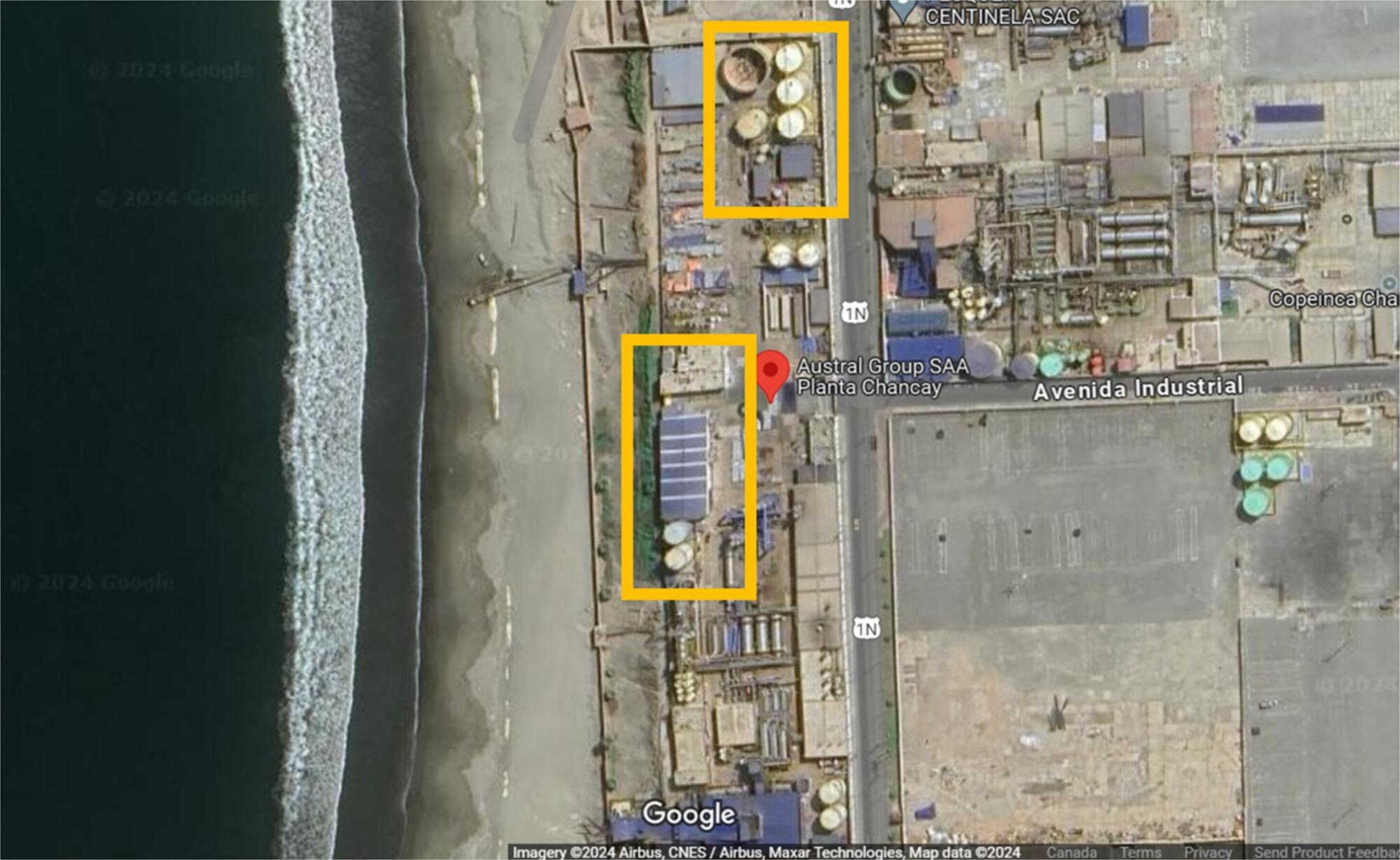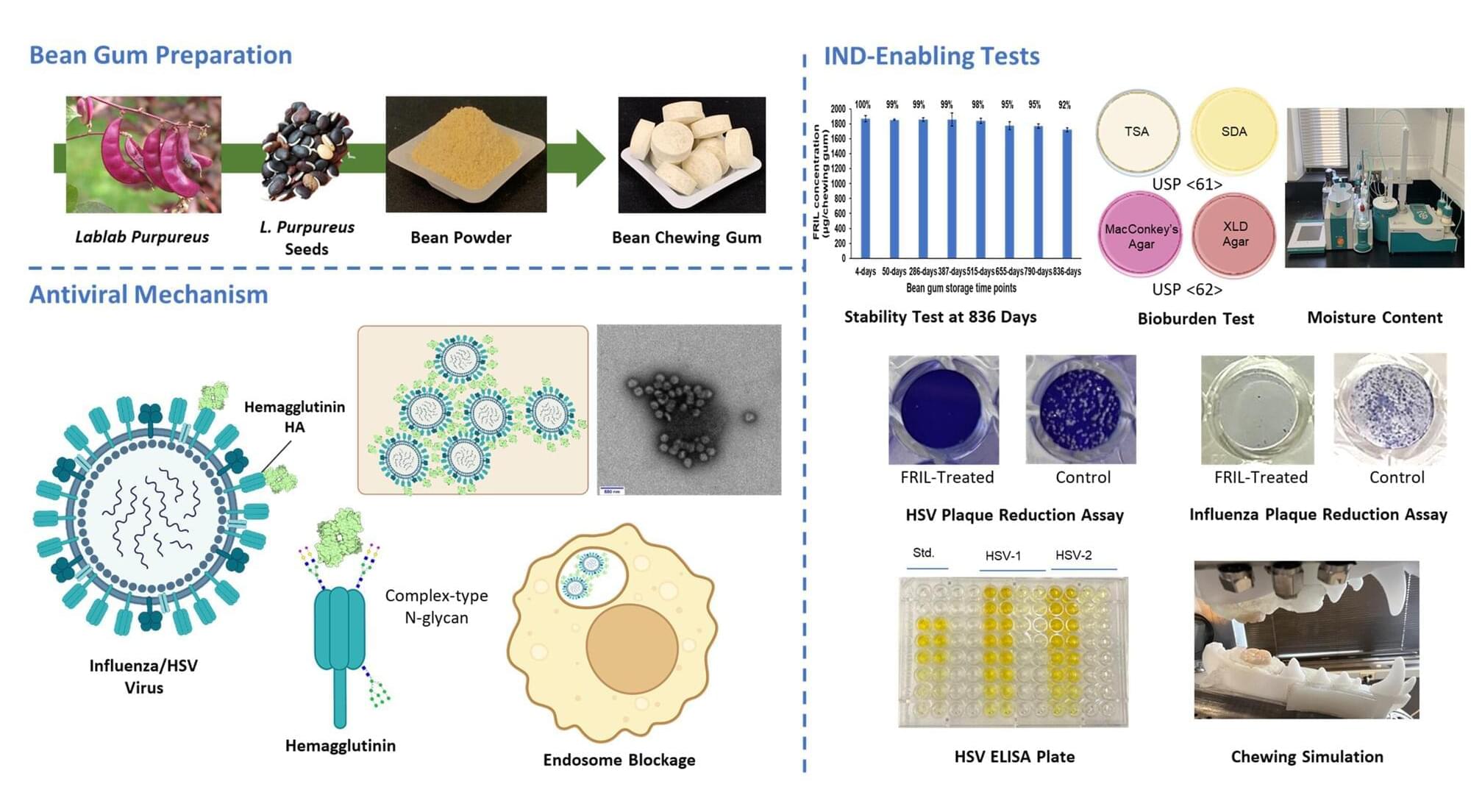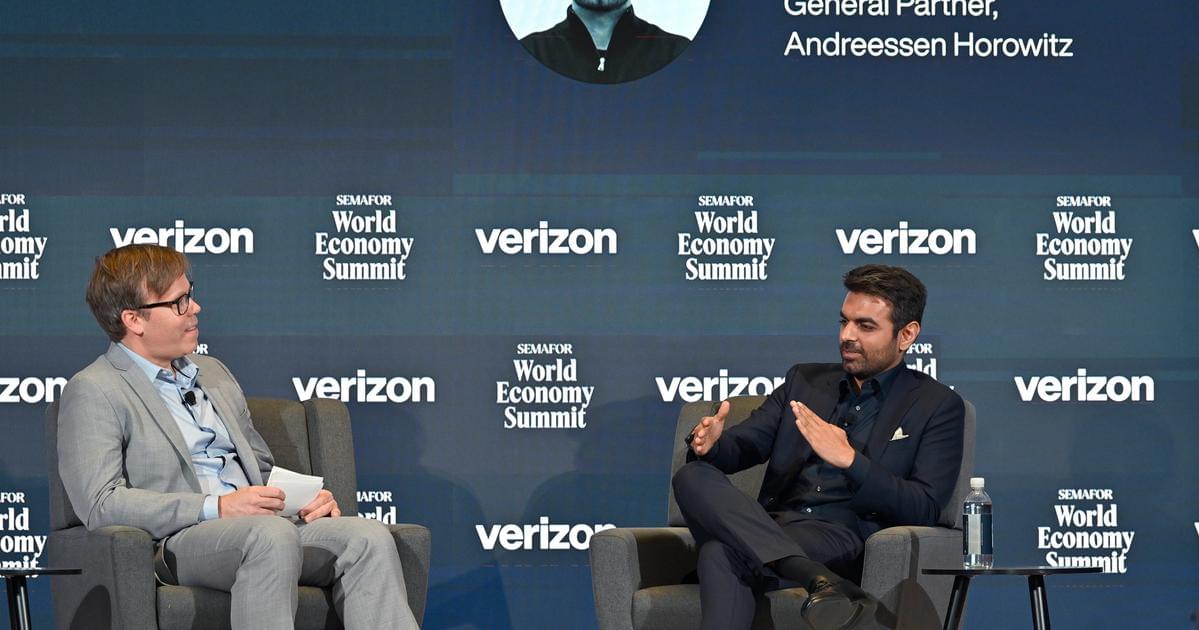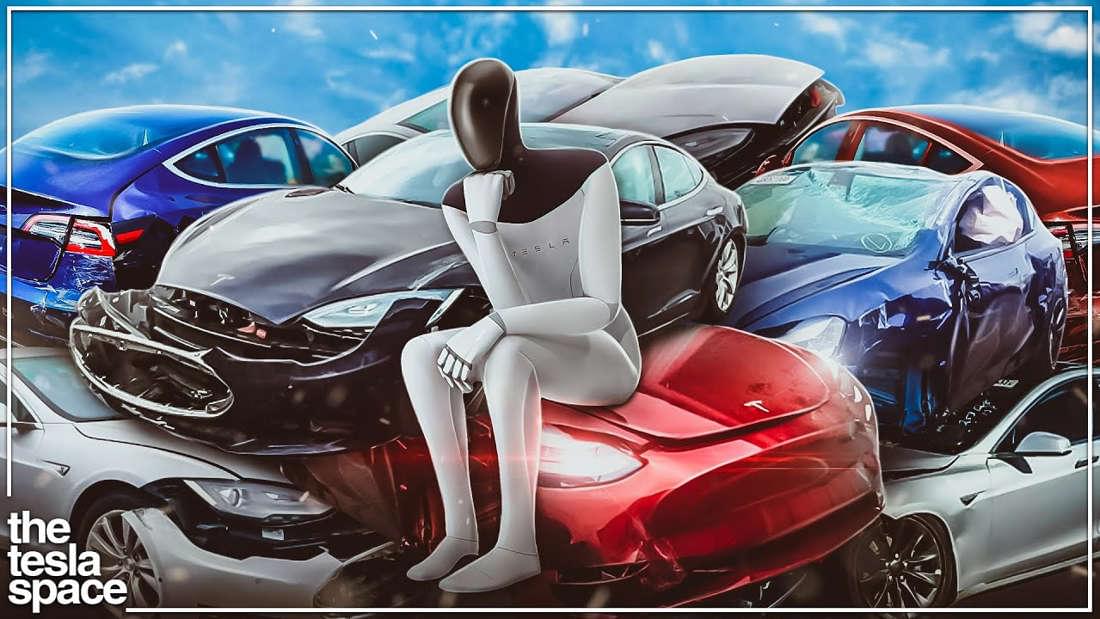Around the world, millions of tons of small fish are processed into fishmeal and fish oil (FMFO) each year—key ingredients in aquaculture that help farmed fish, like salmon, grow. A new University of British Columbia (UBC) study has revealed the global distribution of FMFO factories for the first time, shedding light on a critical area of the aquaculture supply chain, identifying where these ingredients are being produced, and who controls the industry’s footprint.
Published in Science Advances, the study delivers the first-ever open-source global map of FMFO factories—506 in total, spread across 63 countries, with Peru, Mauritania, and Chile hosting the highest numbers.
“Production of fishmeal is a major issue in aquaculture. Understanding where FMFO production occurs is essential for addressing its environmental, social, and economic impacts,” said lead author Lauren Shea, who conducted this research while a master’s student at UBC’s Institute for the Oceans and Fisheries. “Knowing that, along with what species are being used and how it affects local environments and economies, can support the development of more transparent and responsible aquaculture practices.”







